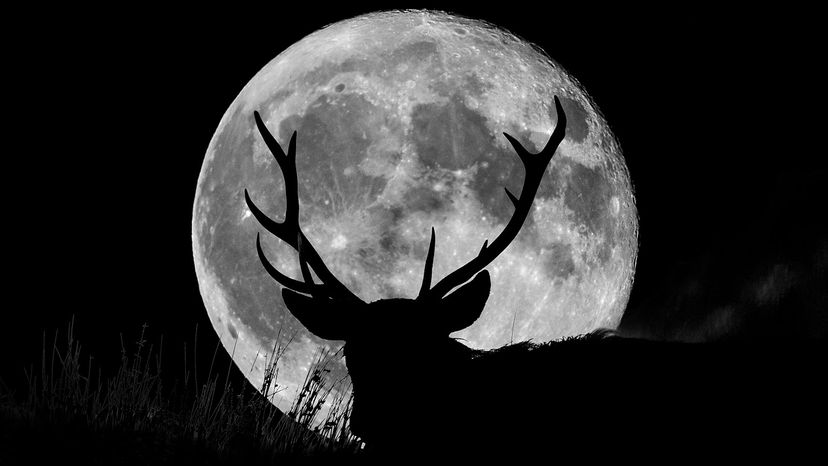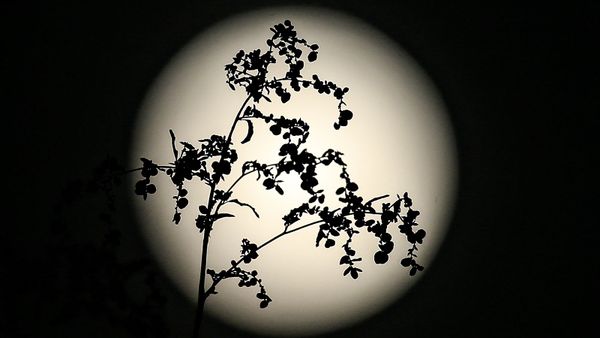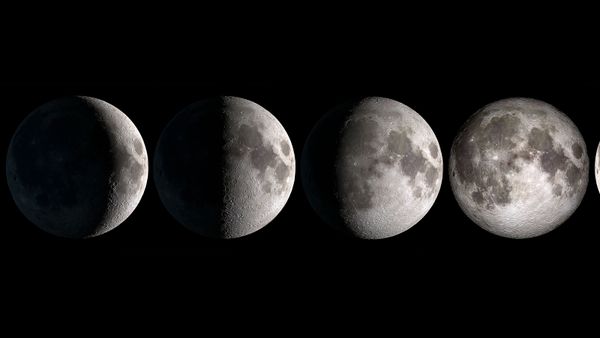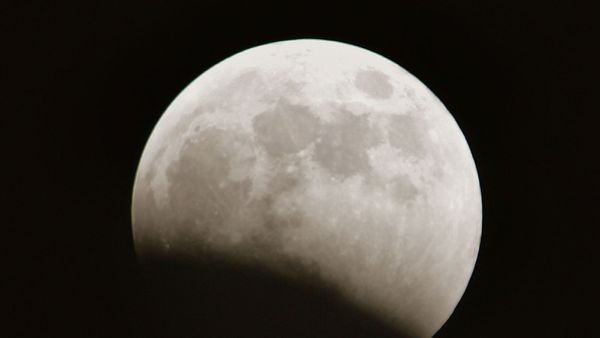
Though its pattern is completely predictable, there always seems to be something interesting happening with the moon and the phases of the moon, including the upcoming full moon in July.
You may have heard it called a "buck moon," and wonder why each full moon has a nickname – and where that moon name comes from. Here are some fascinating facts about the buck moon and when you can see it in the night sky.
Advertisement
In July 2022, the full moon will appear at 6:38 p.m. GMT (or 2:38 p.m. EDT) on July 13, according to NASA. For some people, mostly those in the Western Hemisphere and Far Eastern Hemisphere, this means the exact arrival of the full moon occurs during the daytime when the sun is in the sky and the moon is below the horizon. Don't worry though: The moon will still be brightly visible in the night sky once the sun goes down.


